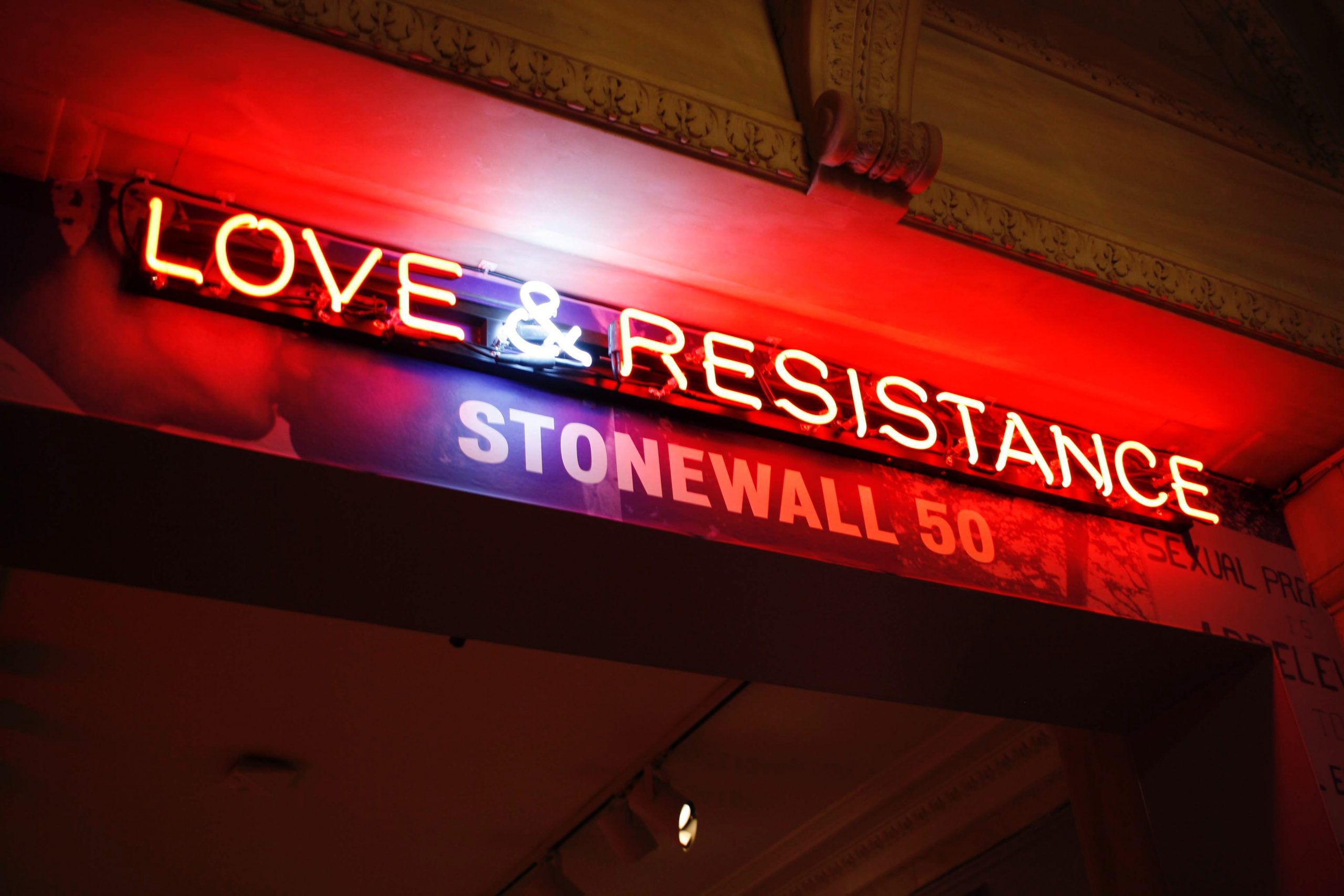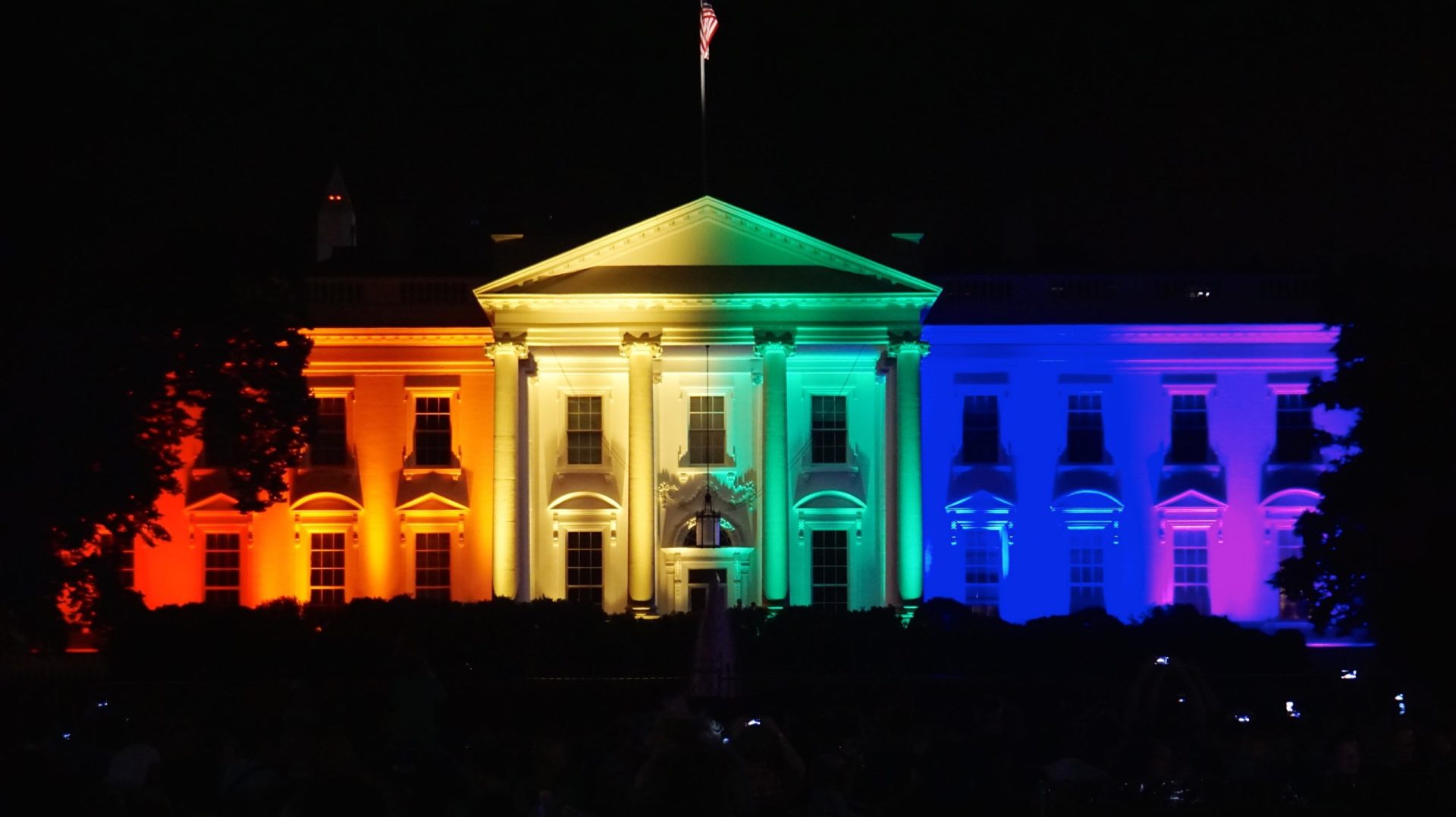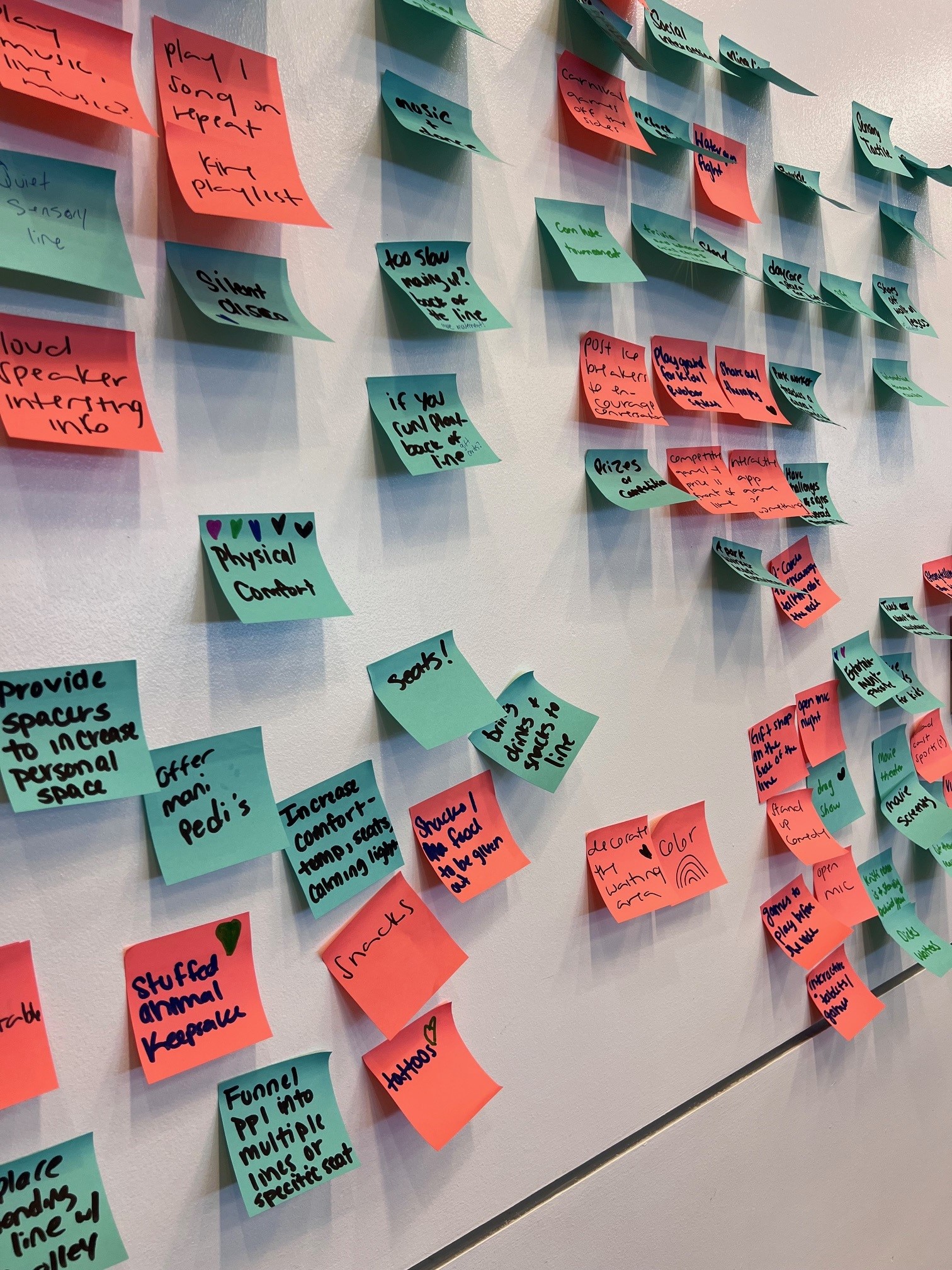For Nick, this short list highlights how the existence of queer people is inherently political and how there is still work to be done.
This month marks a full half-century since the Stonewall Uprising, when queer residents in New York City’s Greenwich Village notably demanded space to be open about sexual orientation, gender identity, and gender expression.
The uprising at the Stonewall Inn followed one of many commonplace police raids in underground queer establishments during the era of queer criminalization in the United States. It was led by trans women of color. (Want more history? Check out GLSEN’s LGBTQ History Timeline Lesson.)
In the years since, queer people have come together every June, now commemorated as Pride Month, to similarly demand space to be open about sexual orientation, gender identity, and expression.
While today’s Pride marches and parades are often more festive in nature and include state and corporate sponsorship, they nonetheless commemorate the movement’s activist roots in a time of state-sponsored violence.
In fact, for many queer people, especially queer youth, these festivities still today are the very first spaces they experience where the immobilizing social toxins of transphobia, homophobia, and heterosexism are strikingly absent.
In fact, for many queer people, especially queer youth, these festivities still today are the very first spaces they experience where the immobilizing social toxins of transphobia, homophobia, and heterosexism are strikingly absent. (Want a resource on these terms? Check out our tip sheet, Gender, Sexuality, & Inclusive Sex Education.)
To mark this year’s Pride Month, I’ve compiled a short list of my favorite queer reads for LGBTQ+ allies. While neither exhaustive nor inclusive of all queer experiences, these reads, varied in media and method, highlight how our existence as queer people is inherently political: that we must, in a culture largely designed for and organized by straight, cisgender people, continuously demand space to be open about sexual orientation, gender identity and gender expression—even, and especially, in 2019.
Take a look:
The Trouble with Normal: Sex, Politics, and Ethics of Queer Life by Michael Warner
Traces an important history of the LGBTQ+ rights movement too often not appreciated by mainstream society and queer people alike. Rather than seeing the movement’s roots in the normalizing of queer identities via, for example, gay marriage, Warner firmly plants the movement’s foundations and future in a broad campaign against sexual stigma. If you ask yourself, “Why do Pride parades need to be so sexual?,” read this book. If you see sexual stigma of all kinds as stifling sex education and sexual health, read this book.
Reminds viewers of all ages how health is inherently political. Covering the activism surrounding the 1980’s AIDS epidemic, this documentary fosters awareness that our health is as much about the collective actions of many as it is about our own individual actions.
Dude, You’re A Fag: Masculinity and Sexuality in High School by C.J. Pascoe
Filled with real-life examples from the author’s fieldwork, this ethnography sheds light on the difficult terrain youth, especially queer youth, face in high school. Importantly, it reveals homophobia as central to adolescent masculinity. Still relevant a decade after its publishing, I firmly believe this book should be required reading for anyone working in high or middle schools.
“Go Carolina” by David Sedaris (an essay in Me Talk Pretty One Day)
If Dude, You’re a Fag illuminates the hostile environment queer youth experience in high school, Go Carolina does the same for queer youth in elementary school, though in an extremely readable, sometimes humorous tone. The short essay focuses on the young humorist’s experience with a dubiously intentioned speech therapy class, for which he rebrands “Future Homosexuals of America.” “None of the therapy students were girls,” Sedaris remarks. “They were all boys like me who kept movie star scrapbooks and made their own curtains.” Listen to the audio version if you can.
Amazon’s original series experienced a lot of press over the last couple of years, including negative press. Notwithstanding, I find what the series does especially well is trouble the notion of progress: the oft-believed myth that we, as a people, are destined to move toward a more tolerant, more just society. Over four seasons, viewers are treated to flashbacks of the Pfefferman family’s past, getting a glimpse of what trans life was like in 1930’s Berlin. Against the backdrop of an administration hellbent on rolling back LGBTQ+ rights today, the specter of Nazism haunting the simulacrum of tolerance then reveals progress as a myth, without an “arc of history bending toward justice.” And so, demonstrated once again, is the fact that we queer people must continuously demand space to be open about sexual orientation, gender identity, and gender expression. And this June, some fifty years after Stonewall, we’ll do it once again.








